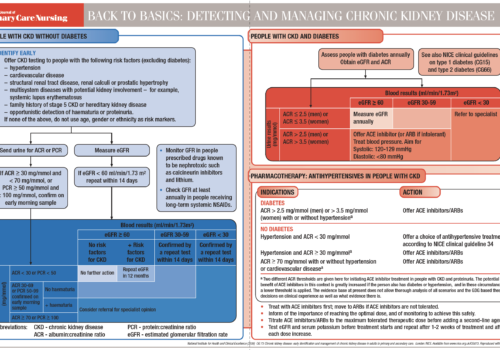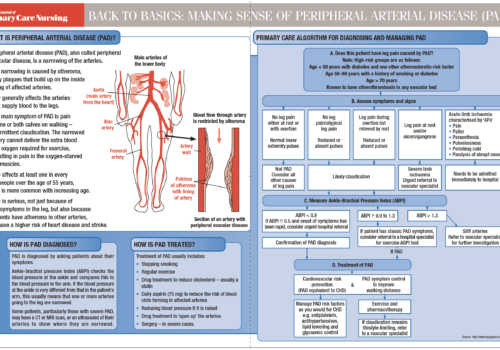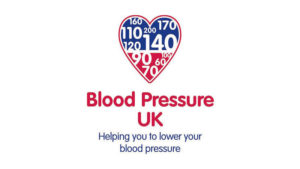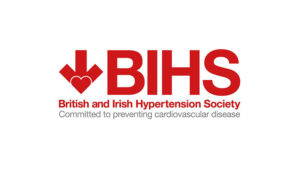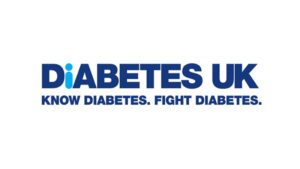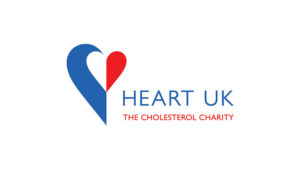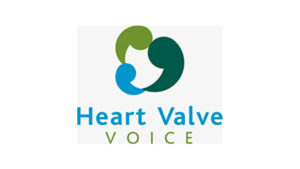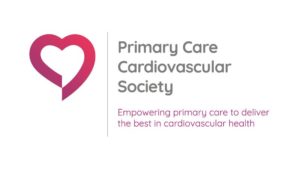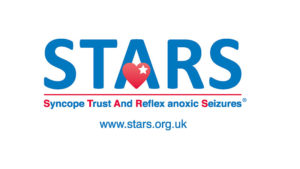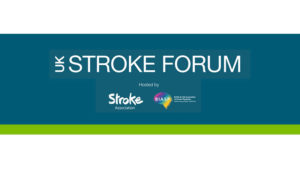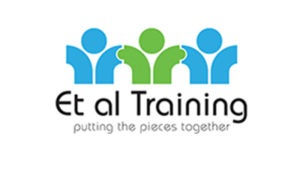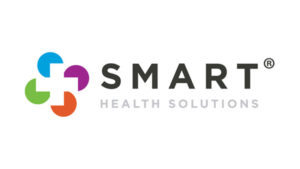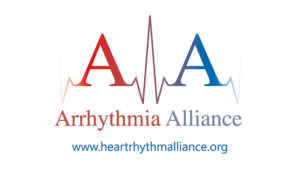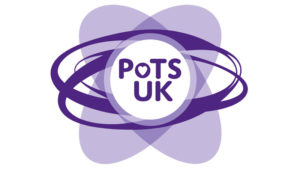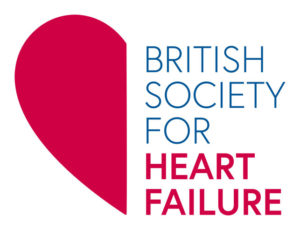This article looks at how a group of patients worked in partnership with North Lancashire Teaching Primary Care Trust (PCT) to produce a patient information leaflet for people newly diagnosed with diabetes (see page 32).The leaflet is intended to act as a guide, giving the new diabetic information and facts to help them,as well as encouraging them to find out more for themselves and enabling them to ask the appropriate questions.
Editorial
The menopause has moved on from simply being a source of euphemisms for hot flushes as ‘power surges’ or ‘tropical moments’ to being recognised as an important stage in a woman’s life. It also has particular significance in CVD risk, which we address head-on in this issue of BJPCN.
Starting on a statin for primary prevention
Tredaptive: a new option in lipid management
Blood cholesterol levels play an important role in the development of atherosclerosis and cardiovascular disease (CVD), and the incidence of CVD is closely related to the concentration of the specific lipoproteins in the blood. In this article, we review the role of different lipoproteins and the mechanism of action and potential role of a new agent for lipid modification – Tredaptive.
How to prevent and manage lipohypertrophy at injection sites
Lipohypertrophy is surprisingly common in people using insulin to control their diabetes. As more and more people with diabetes are managed in primary care, practice nurses take on a greater role in the management and education of these patients. This article considers what lipohypertrophy is, how it can be prevented and how it should be managed once it has been identified.
Diagnosing hypertension: getting the numbers right
Hypertension is a silent, malevolent factor in both cardiovascular and renal disease. Raised blood pressure (BP) rarely causes any symptoms – in fact the presenting symptom of hypertension is too often the heart attack or stroke that is the end result. Diagnosis of prolonged abnormal blood pressure is therefore key in the prevention of a range of long-term conditions. In this article, we will examine the importance of measuring blood pressure correctly before making the diagnosis of hypertension. We will also look at the different levels of blood pressure that constitute a diagnosis of hypertension according to the variety of guidelines that exist.
Back to Basics: Detecting and managing chronic kidney disease
Dietary fibre – more than just roughage
Dietary fibre is a frequently neglected nutrient, with eight out of ten UK adults eating less than is needed for good health. Most people think of fibre simply as roughage or bran and know that it helps with constipation and bowel disorders, but fibre is far more than this, with a wide range of health benefits. Evidence indicates that eating a fibre-rich diet will not only improve digestive health, but also aid weight loss, help to reduce cholesterol levels, and reduce the risk of certain cancers (including bowel and breast cancer) and type 2 diabetes. It will also boost intake of vitamins, minerals and antioxidants. This review explores the major role of fibre in health and wellbeing and gives practical tips for dietary advice.
Transient ischaemic attack: the ‘funny do’ that is no joke
How do you recognise a transient ischaemic attack (TIA) and how does this differ from a full stroke? In this article, we explore the ABCD2 score, which can be used to identify high- and low-risk TIAs, and the best course of action if a TIA is suspected. A TIA is very often the herald of a more serious and permanent stroke, underlining why it should be acted on as a matter of urgency, and there is an update on the current guidance from NICE and the Royal College of Physicians.
Looking through the window of cardiovascular opportunity at the menopause
Most women think they are at greatest risk of dying from cancer, especially breast cancer, but in fact, women are nine times more likely to die from cardiovascular disease (CVD) than from breast cancer. The menopause has particular significance in CVD risk. In this article we look at what happens to cardiovascular risk at the menopause and opportunities for CVD prevention.
Heart Failure Specialist Nurses: Feeling the Impact
Heart Failure Specialist Nurses (HFSNs) now work in the community alongside their general practice colleagues. They can act as a valuable resource to support the primary care team in the management of heart failure patients. They carry out home visits and run community clinics to stabilise patients after discharge from hospital following an acute event. The aim is to educate patients and their family carers how to manage living with heart failure, up-titrate medications to optimal levels, stabilise the patient and then hand them back to the care of the primary care team, knowing that they will be referred back to the HFSN should their condition deteriorate. However, some complex patients with advanced heart failure (NYHA III or IV) and at high risk of re-hospitalisation are retained in the specialist nurse caseload.


